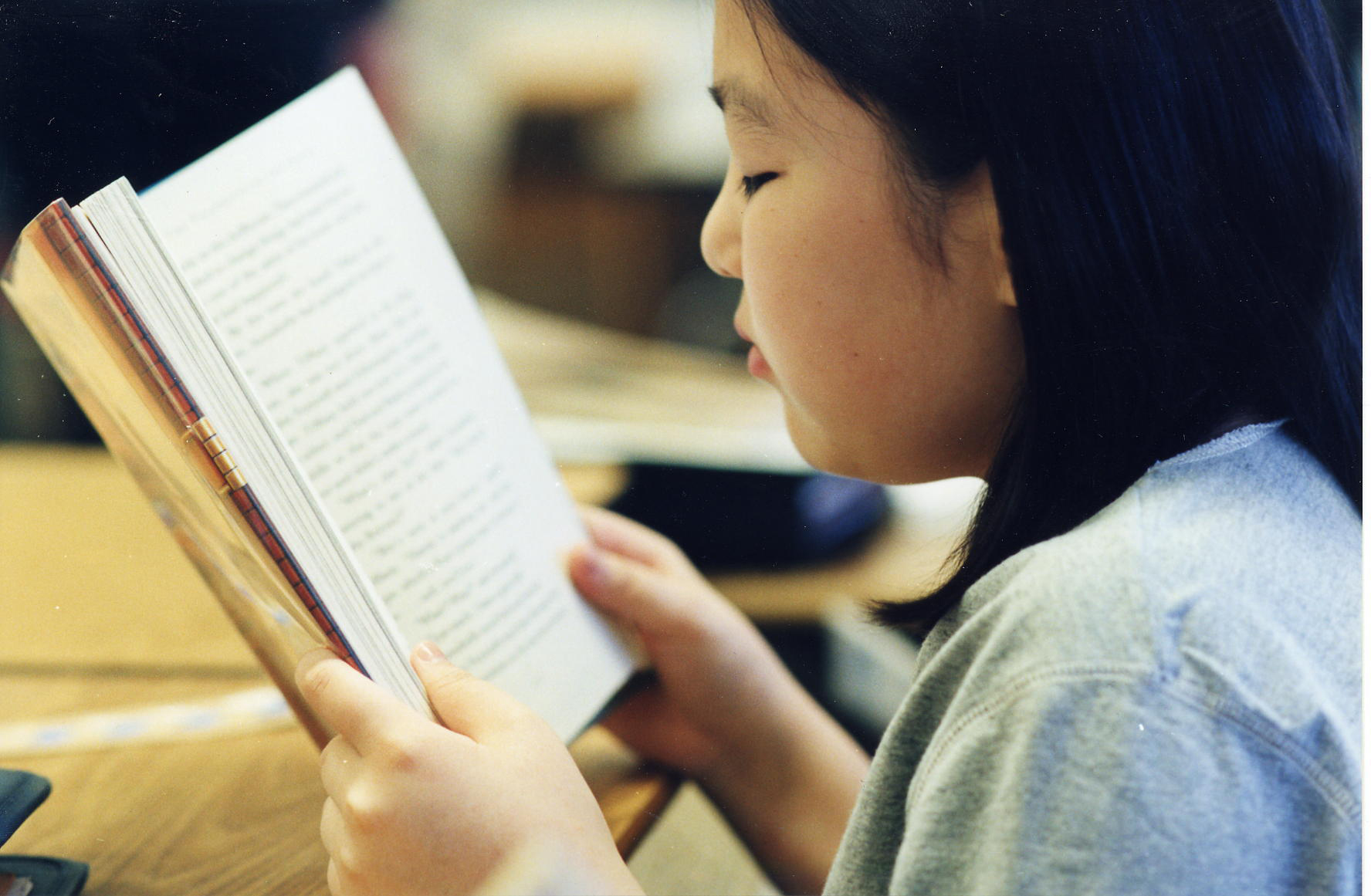




"There is no frigate like a book to take us lands away..." -Emily Dickinson
Reading is so simple, to a good reader. To a poor reader or a child just beginning to learn, reading is horribly complex. It involves several tasks, many involving memory and mental imagery, several different obscure rules and words that change meaning within different contexts. Beginner learners require extensive teaching to learn reading, but once learned, adults generally learn new words faster from reading than spoken language.
Psychology professionals have identified two approachs that the brain uses during reading. Both are used by readers. One is the direct-access route, which is when a reader recognizes a word simply by its look or letter pattern. The other is the indirect-access route, which is used when a reader sounds out a word before recognizing the word's meaning. Since both routes are used, psychologists refer to both as the dual-route approach to reading. Since learning to read is the biggest hurdle in successful reading, these routes have been translated to three methods of teaching reading. The three accepted methods of teaching someone to read are the phonics approach, the whole-word approach and the whole-language approach.The phonics approach, being more systematic than the other two, is taught more commonly and focuses on teaching the sounds of letter combinations (using the brain's indirect-indirect access route). The whole-word approach activates the brain's direct-access route and focuses on connecting the written word to the meaning, skipping the 'sounding-out'. The third approach, whole-language, is almost never taught until the reader is already semi-proficient. The whole-language approach focuses on the meaning of the text and emphasizes that reading should be enjoyable.
Most research in this field focuses on teaching reading, which in turn focuses on teaching children and those with learning disabilities. The following links reflect that focus
Links:
Article: Adults with and without learning learning disabilities
This study, published in the Annals of Dyslexia, examines the relationship between phological awareness, perceptual organization, and
reading comprehension in people with learning disabilites. This is one of the few adult-focused links I found.
Article: Predicting individual differences in reading comprehension
This is a full-text article that appeared in the Annals of Dyslexia detailing a twin study done to examine whether genetic or environmental issues affect reading issues, such as comprehension and vocabulary.
Video: Between the Lions- Gawain's Word
This video is an example of how the whole language approach can be used to teach children reading.It combines phonics and the whole-word approach.
Video: Phonics Song
This video is a phonics-only approach to teaching reading.
Web Page: See Brain. See Brain Read...
This links to an APA (American Psychological Association) page describing research that shows that reading actually changes brain structure and therefore, by comparing strong reader's brains with learning readers, more effective teaching methods can be quantitatively assessed
Web Page: Whole-Language vs. Phonics
Halcyon House gives a brief overview of phonics and whole-language approaches. It gives suggested further reading that deals with illiteracy and reading in America.
Web Page: The Reading Wars
This website is a psychology professor's exploration of the phonics/whole language debate. It would make a good resource for a student's research.
Web Page: Starfall.com
This website is a phonics based teaching site centered towards children. It's extensive but really only useful for an example of children-tailored phonics.
Web Page: Teach A Child To Read
This website is a great overview of how the phonics approach to reading can be put into practice. It is perfect for a parent or a elementary school teacher.
Web Page: The Best Way to Teach Kids to Read
This is a link to Oprah's website and her compilation of expert tips on ensure children have good reading habits. This website advocates a whole-language approach to reading, which emphasizes meaning.
***If I have used anything I shouldn't on this page, please let me know. Contact me at heather.rowland@gmail.com***
Comments (0)
You don't have permission to comment on this page.